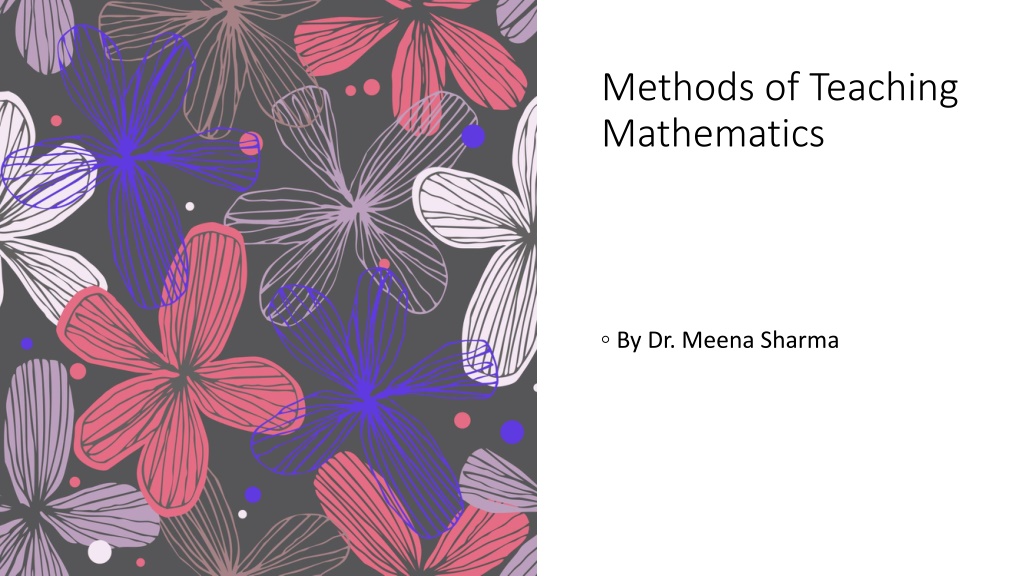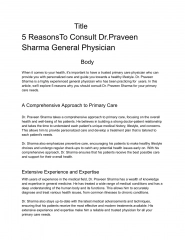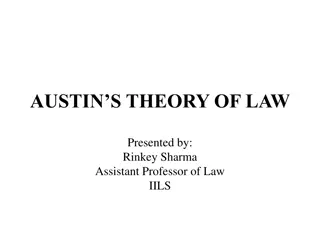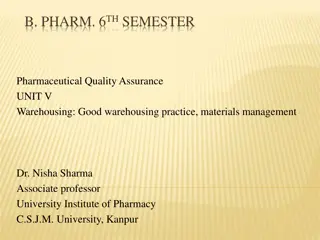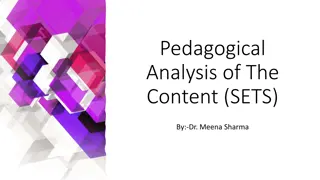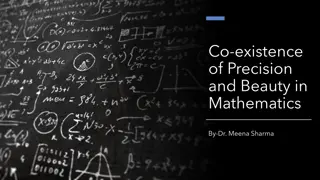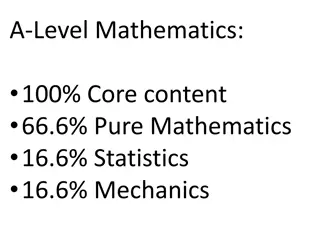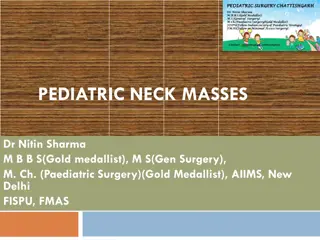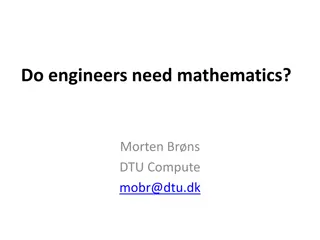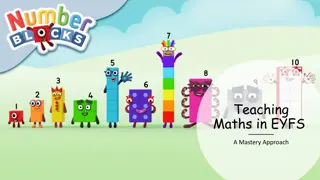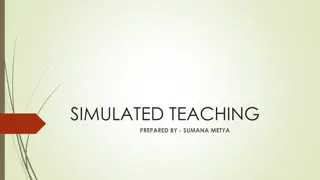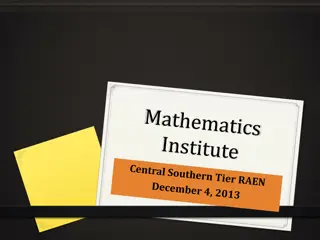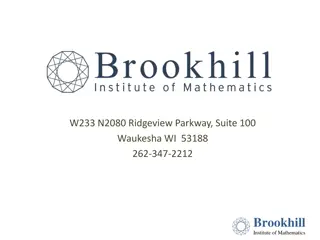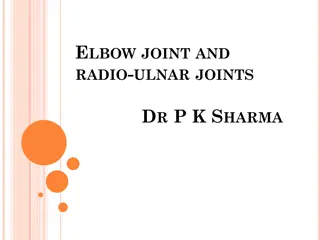Methods of Teaching Mathematics by Dr. Meena Sharma
This content delves into the methods of teaching mathematics, specifically focusing on the inductive-deductive method as explained by Dr. Meena Sharma. It elaborates on both inductive and deductive methods, highlighting their differences and applications in teaching math effectively. The content discusses the inductive method, deductive method, and compares their characteristics, suitability at different education levels, and impact on student learning and engagement.
Download Presentation

Please find below an Image/Link to download the presentation.
The content on the website is provided AS IS for your information and personal use only. It may not be sold, licensed, or shared on other websites without obtaining consent from the author.If you encounter any issues during the download, it is possible that the publisher has removed the file from their server.
You are allowed to download the files provided on this website for personal or commercial use, subject to the condition that they are used lawfully. All files are the property of their respective owners.
The content on the website is provided AS IS for your information and personal use only. It may not be sold, licensed, or shared on other websites without obtaining consent from the author.
E N D
Presentation Transcript
Methods of Teaching Mathematics By Dr. Meena Sharma
Definition The set of moments and techniques logically coordinated to direct the student toward certain goals/objectives It is a set of implied procedures, that lead the learning It includes:- 1. Presentation of the subject 2. Execution or development of the subject 3. Verification and Rectification of Learning
Inductive-Deductive Method The Inductive-Deductive method is a combination of two separate methods inductive and deductive Inductive Method 1. Inductive Method is the method in which we proceed from particular to general, from concrete to abstract and from the special example to general formula 2. If One rule applies to a particular case and is equally applicable to different similar cases, it is accepted as a generalized rule/formula 3. E.g.:- A child eats a green apple and feels its sour taste. Again on any day he takes another green apple and experiences the same sour taste, these few examples are enough to make him conclude that Green Apples are sour 4. E.g.2:- A child observes the rising of the sun and getting off darkness after the setting of the sun, he observes it on a particular day in the beginning and then onwards he observes it everyday and after some time, he himself feels that the sun rises everyday and sets everyday
Deductive Method Deductive Method is the method in which we proceed from general to particular, from abstract to concrete, from the general formula to the special examples In this method, the students are told to accept, a generalized truth or preconstructed formula as a well established truth and then ask to apply it in solving so many particular relevant problems E.g.:- The teacher may tell the students that the sum of the three angles of a triangle is equal to two right angles. Afterwards students maybe asked to verify this established fact by measuring the angles of the different triangles E.g.2:-Student maybe told about the formula of the area of the rectangle i.e. Area= Length*Breadth and then he asked to apply it in finding the areas of different rectangles
INDUCTIVE METHOD DEDUCTIVE METHOD 1.Here, One proceeds from particular to general and concrete to abstract 1. Here, One proceeds from general to particular and abstract to concrete 2.It is a psychological method. Children take interest in it because it is related with previous knowledge 2.It is an un-psychological method, here emphasis is laid to the learning and not to the child 3.It encourages self study and stimulates intellectual powers 3.It is a method of presentation, no originality and creativity is developed 4.No stress is laid over memorization 4.Here memory decides everything Comparison 5.Reasoning is very clear, any doubt about how and why of a formula are clarified in the beginning 5.Here people have every doubt about formula 6.Suitable in the initial stages of teaching 6.It is suitable at the practice or application stage 7.Suitable at primary education level 7.Suitable for secondary and higher education levels 8.Encourages active participation of the student 8.Makes the student passive recipient of knowledge
